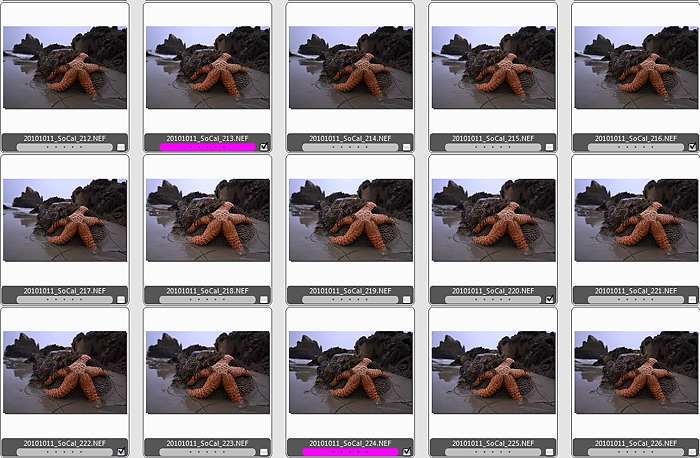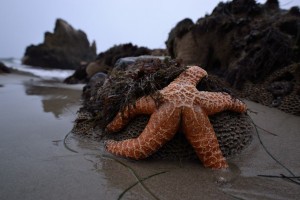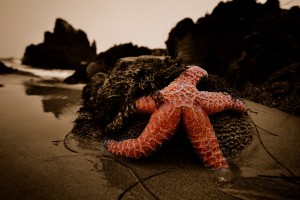I’ve always been one to shoot a lot of pictures. Maybe I’m insecure, or just love hearing that click. Lately I’ve been shooting more than ever, and that’s changing my workflow.
My rule has always been, “shoot enough to make sure you’ve got the picture.” Whether that’s two frames or two-hundred, the priority is to make sure you get the shot. There’s nothing worse than having a great picture in front of you and not coming away with it. What’s changed recently is what I’m doing with all those photos.
Back when I was helping newspapers make the change to digital, I always preached, “Save everything.” After all, it’s hard to tell what might be
important in the future. All I had to say to those staffs was “Monica Lewinsky.” Many news photographers had taken pictures of her with President Clinton, but most deleted those frames of a “nobody,” and later regretted it.
For my own photography, I chose not to delete images for another reason – I didn’t want to waste time looking at and then deleting bad pictures. Storage was cheap enough that I chose simply to archive everything. Burn it to DVD and put it on the shelf. Just keep the very best images live on the computer/server. But now I’m starting to sing a very different tune.
Take last week, for instance. I was in California teaching a series of workshops, and had a chance to go out and shoot Tuesday
night. Bob Pearson and I headed to El Matador Beach, a pretty spot in Malibu we had found last January. This time, when we got there, it was socked in with clouds, so no strong sun or beautiful sunset. Bob did find a nice starfish clinging to a rock, and we took turns trying to make a good shot of it. Problem was, it was nearly dark by then, and neither of us had a tripod. I wanted to shoot it with a super-wide lens (Nikon 10-24), so tried holding the camera down near it and framing using Live View. The problem was, the shutter speed was so slow, around 1/5 second, that I was sure I wasn’t going to get a single non-blurry shot. EventuallyI realized I could set the camera on my shoe, and voila! Shoe-pod was born!
Now I had a chance to get a sharp shot, but was still worried about those slow exposures, and questioning my focus. So I shot a lot of frames. A LOT! Close to 100. And out of all of those, about a half-dozen came out really well. Thank God for digital, and large memory cards.Then I took one of those frames into Nikon Capture NX 2 and added contrast and saturation, converted it to a sepia tone image and then brought the color back to the starfish.
So how does this story tie in with my talk of a new workflow? Well, in these cases I’ve actually turned my workflow upside down. Now I go through and mark every frame that has potential, then DELETE everything else! It was a bit scary the first couple of times i did it, but now I’m liking it more and more. After all, when I’m shooting ten or twenty frames just to make sure one is sharp, I don’t need all the blurry ones. Why not just keep the very best?



